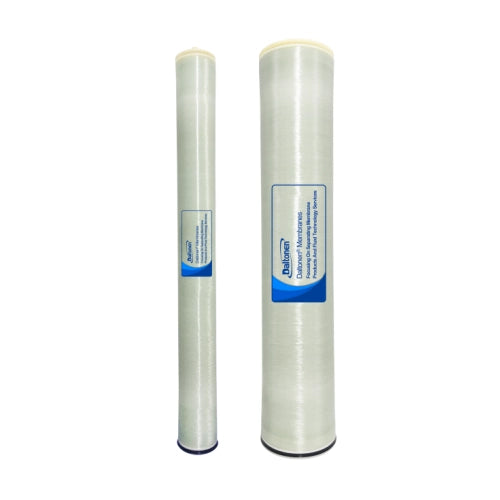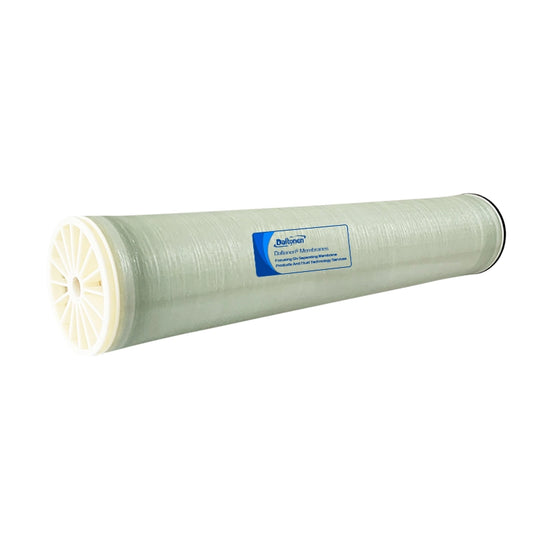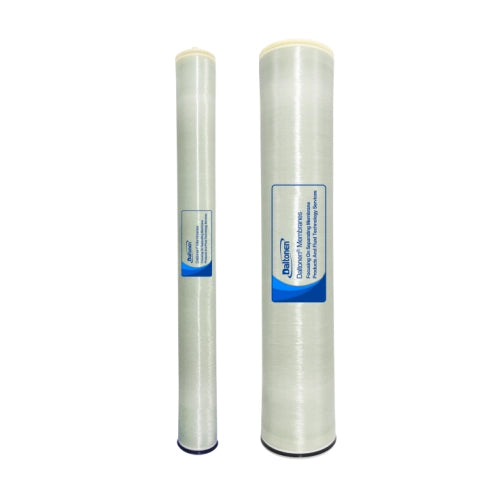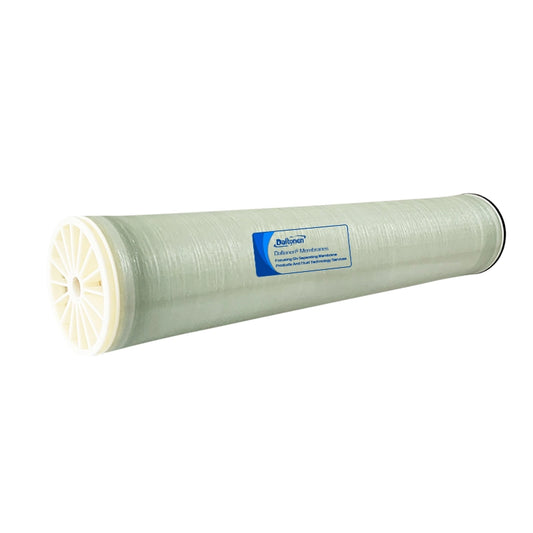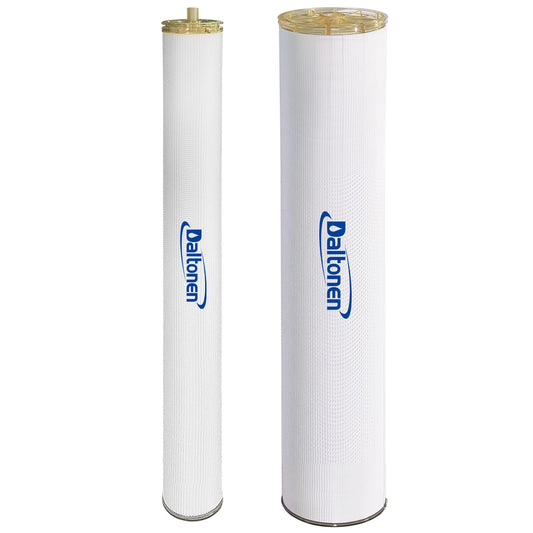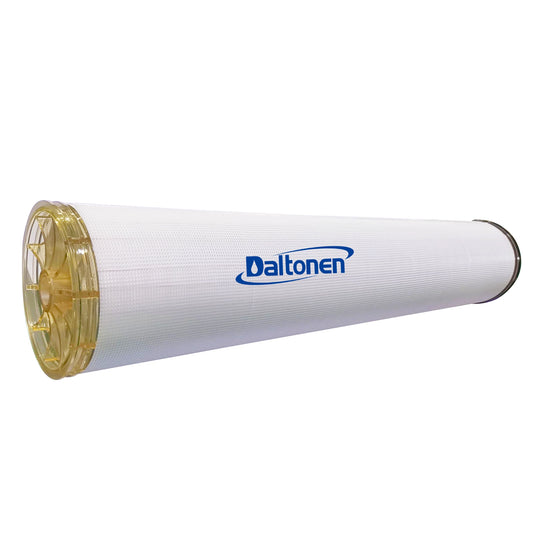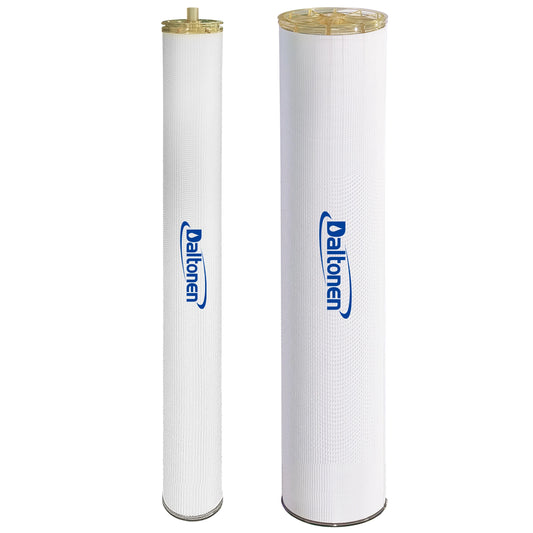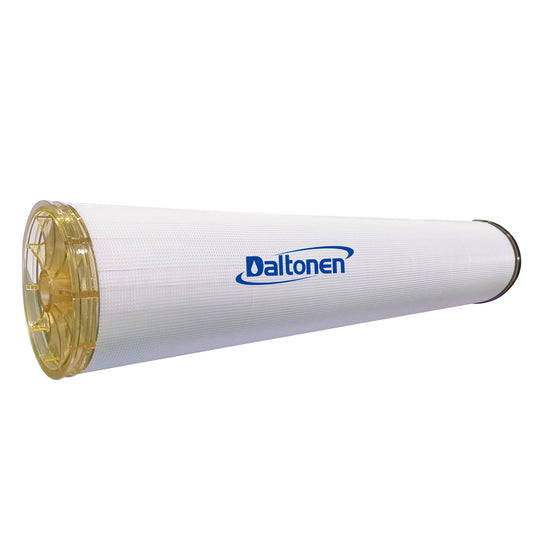Process Design Scheme for Wastewater Treatment from Heparin Sodium Production from Pig Intestines
1.0 Design Basis and Wastewater Characteristics Analysis
-
Wastewater Source: Processes including pig intestine scraping, mucosa extraction, and ion exchange resin elution.
-
Water Quality Characteristics (Typical):
-
High Organic Concentration: CODcr can reach 10,000 - 30,000 mg/L, BOD5 can reach 5,000 - 15,000 mg/L.
-
High Suspended Solids (SS): Contains large amounts of grease, protein, intestinal mucosa fragments, etc. SS can reach 2,000 - 8,000 mg/L.
-
High Salinity: Extensive use of NaCl during production leads to high TDS (Total Dissolved Solids) content, potentially reaching 5,000 - 15,000 mg/L.
-
High Ammonia Nitrogen (NH3-N): Generated from protein degradation, concentrations typically range from 200 - 800 mg/L.
-
Significant Water Quality Fluctuations: Effluent quality varies greatly between different production stages.
-
-
Treatment Objectives: Compliance with the "Water Quality Standard for Discharge to Municipal Sewerage" (GB/T 31962-2015) or more stringent local standards.
-
CODcr ≤ 500 mg/L
-
BOD5 ≤ 300 mg/L
-
SS ≤ 400 mg/L
-
NH3-N ≤ 45 mg/L
-
-
Core Challenges: Inhibitory effects of grease and salinity on biological treatment.
2.0 Recommended Process Flow
This scheme adopts a combined process route of "Physicochemical Pretreatment + Anaerobic Digestion + Aerobic Biological Treatment + Advanced Treatment" to effectively address the challenges of high organic concentration, grease, and salinity.
The flowchart below clearly illustrates the complete process from wastewater collection to compliant discharge:
flowchart TD
A[Comprehensive Wastewater] --> B[Screen/Sieve];
B --> C[Equalization Tank<br>Flow & Quality Balancing];
C --> D[Oil Separation Tank/DAF Unit<br>Grease Removal];
D --> E[Coagulation-Sedimentation Tank<br>SS/Colloid Removal];
E --> F[Hydrolysis Acidification Tank<br>Improves Biodegradability];
F --> G[UASB/IC Anaerobic Reactor<br>Removes 80-90% COD];
G --> H[A/O-MBR Aerobic System<br>Nitrogen & Phosphorus Removal];
H --> I[Chemical P Removal/Flocculation];
I --> J[Compliant Discharge];

Step-by-Step Process Explanation:
1. Pretreatment System (Physicochemical Treatment)
-
Purpose: Remove large particles, grease, and some suspended solids to create favorable conditions for subsequent biological treatment.
-
Screen/Sieve: Intercepts large suspended solids like casings and mucosa fragments.
-
Equalization Tank: Balances water quality and flow rate, reducing shock loads on downstream units.
-
Oil Separation Tank/Dissolved Air Flotation (DAF) Unit: Core Unit. Utilizes DAF technology with the addition of demulsifiers and flocculants (e.g., PAC, PAM) to efficiently remove grease and colloidal proteins from the wastewater, achieving removal rates exceeding 95%. This is key to preventing microbial inhibition by grease.
-
Coagulation-Sedimentation: Further removes fine suspended solids and colloidal materials.
2. Biological Treatment System (Core)
-
Purpose: Degrade soluble organic matter (COD, BOD) and remove nitrogen.
-
Hydrolysis Acidification Tank: Breaks down macromolecular organics (e.g., proteins, fats) into smaller molecules like organic acids and alcohols, improving the wastewater's biodegradability (B/C ratio), laying the foundation for subsequent anaerobic and aerobic treatment.
-
Anaerobic Reactor: Primary unit for high-concentration COD removal. Recommended technologies are the Upflow Anaerobic Sludge Blanket (UASB) reactor or the Internal Circulation (IC) reactor. Anaerobic microorganisms convert organic matter into biogas (CH4, CO2), enabling energy recovery. COD removal efficiency can reach 80-90%.
-
Aerobic Biological System: Advanced degradation and denitrification. Recommended approach combines the Anoxic/Oxic (A/O) process with a Membrane Bioreactor (MBR).
-
A/O Section: Performs nitrification (oxidation of NH3-N to NO3- in the aerobic zone) and denitrification (reduction of NO3- to N2 gas in the anoxic zone), effectively removing ammonia nitrogen.
-
MBR Section: Utilizes the efficient separation capability of membranes instead of a secondary clarifier. The system maintains a high concentration of activated sludge, producing clear effluent with very low SS. The MBR permeate can directly enter advanced treatment.
-
3. Advanced Treatment System (Safeguard)
-
Purpose: Ensure stable, compliant final effluent, particularly regarding phosphorus removal.
-
Chemical Phosphorus Removal: Following MBR, phosphorus removal agents (e.g., ferric chloride) are added to form phosphate precipitates, which are removed via flocculation and sedimentation, ensuring total phosphorus compliance.
3.0 Key Design Parameters and Considerations
|
Treatment Unit |
Key Design Parameters and Points |
|---|---|
|
DAF Unit |
Surface loading rate 5-10 m³/m²·h, chemical dosing determined experimentally, grease removal >95%. |
|
UASB/IC Reactor |
Volumetric loading rate 5-10 kg COD/m³·d, temperature control at 35±2°C (mesophilic), pH 6.8-7.5. |
|
A/O-MBR System |
Mixed Liquor Suspended Solids (MLSS) 8,000-12,000 mg/L, Sludge Retention Time (SRT) 15-30 days, membrane flux 15-20 LMH. |
|
Sludge Treatment |
Physicochemical sludge (from DAF, coagulation) and biological sludge (anaerobic, aerobic) require thickening and dewatering (e.g., plate and frame filter press), followed by disposal as hazardous waste. |
Special Considerations:
-
Salinity Impact: High salt content can inhibit ordinary microorganisms. Countermeasures include gradual acclimation to cultivate salt-tolerant strains, or adding a desalination step (e.g., electrodialysis) upfront, though this increases cost.
-
Resource Recovery: Biogas produced by UASB/IC can be used as boiler fuel or for power generation, enabling energy recovery. Separated grease from pretreatment can be further purified for industrial use.
4.0 Scheme Summary
This scheme, tailored to the characteristics of heparin sodium production wastewater, establishes a multi-level, efficient treatment system:
-
Enhanced Pretreatment: Focuses on resolving grease and SS issues, eliminating inhibition of biological treatment.
-
Combined Biological Strategy: The "Hydrolysis Acidification + Anaerobic + Aerobic" process chain degrades pollutants step-by-step, offering high efficiency with low energy consumption.
-
MBR Safeguard: Ensures excellent and stable effluent quality with strong resistance to shock loads.
-
Reliable Compliance: Advanced treatment finally ensures all indicators meet discharge requirements.
This process technology is mature and operates relatively stably, making it a preferred solution for treating such high-concentration organic industrial wastewater. In practical engineering, pilot testing based on the specific production process and water quality data of the enterprise is necessary to optimize design parameters.
